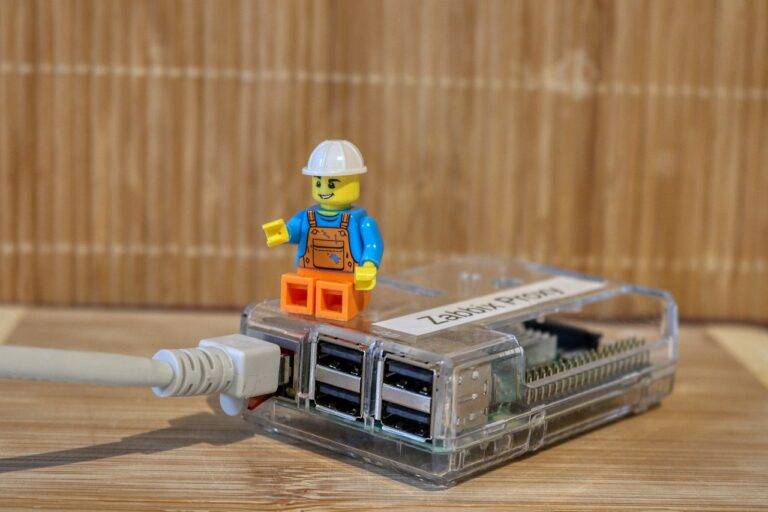The Potential of Neurotechnology in Education
Neurotechnology, a cutting-edge field that merges neuroscience with technology, is transforming the way we understand and interact with the brain. By utilizing advanced tools such as EEG (electroencephalography), fMRI (functional magnetic resonance imaging), and TMS (transcranial magnetic stimulation), researchers can delve deep into brain processes and neuronal activity, unlocking unprecedented insights into cognition and behavior. These technologies have opened doors to a wealth of possibilities, offering new avenues for studying brain disorders, enhancing cognitive functions, and revolutionizing various industries.
With the rapid evolution of neurotechnology, researchers are harnessing its potential to develop innovative solutions in healthcare, education, and beyond. From brain-computer interfaces that enable communication for individuals with motor impairments to virtual reality platforms that enhance rehabilitation processes, the applications of neurotechnology are vast and diverse. This interdisciplinary approach not only fosters collaboration between neuroscience and engineering but also paves the way for groundbreaking advancements that have the power to reshape how we understand and interact with the human brain.
Current Applications in Education
Neurotechnology has gradually established its presence in various fields, including education. The integration of neurotechnology in educational settings holds promising opportunities to enhance learning outcomes, address individual learning needs, and boost academic performance. By leveraging neurofeedback and brain-computer interfaces, educators can gain insights into students’ cognitive processes, emotional responses, and attention levels, leading to personalized teaching strategies and targeted interventions. This individualized approach based on real-time brain activity data paves the way for a more precise and effective learning experience, catering to diverse learning styles and preferences. Furthermore, neurotechnology offers a means to assess and monitor cognitive states, enabling educators to adapt instructional methods in alignment with students’ cognitive capacities, ultimately fostering a supportive and enriching learning environment.
• Neurotechnology in education provides opportunities to enhance learning outcomes
• Integration of neurofeedback and brain-computer interfaces allows for personalized teaching strategies
• Real-time brain activity data helps cater to diverse learning styles and preferences
• Assessing cognitive states enables educators to adapt instructional methods for students’ needs
Enhancing Learning through Neurofeedback
Harnessing the power of neurofeedback to optimize learning experiences is a burgeoning field within education. By utilizing real-time data on brain activity, educators can tailor instructional strategies to cater to individual learning patterns. This personalized approach has the potential to improve academic performance and enhance overall student engagement.
Moreover, neurofeedback can assist in identifying cognitive patterns that could be hindering learning processes. By pinpointing areas of difficulty, educators can implement targeted interventions to support students in overcoming challenges and reaching their full academic potential. This proactive approach to addressing learning obstacles can contribute to a more inclusive and effective educational environment.
What is neurofeedback?
Neurofeedback is a type of biofeedback that measures brainwave activity to provide real-time feedback to individuals, helping them learn to control their brain function.
How can neurofeedback enhance learning?
Neurofeedback can enhance learning by improving focus, attention, memory, and cognitive function through targeted training of brainwave activity.
Are there any side effects of using neurofeedback for learning enhancement?
Neurofeedback is generally considered safe and non-invasive, with minimal to no side effects reported in research studies.
Can neurofeedback be used for students with learning disabilities?
Yes, neurofeedback can be used to help students with learning disabilities by targeting specific brain functions related to their learning challenges.
Is neurofeedback a proven method for enhancing learning?
While more research is needed, initial studies suggest that neurofeedback can be an effective tool for enhancing learning and cognitive function in both students and adults.





